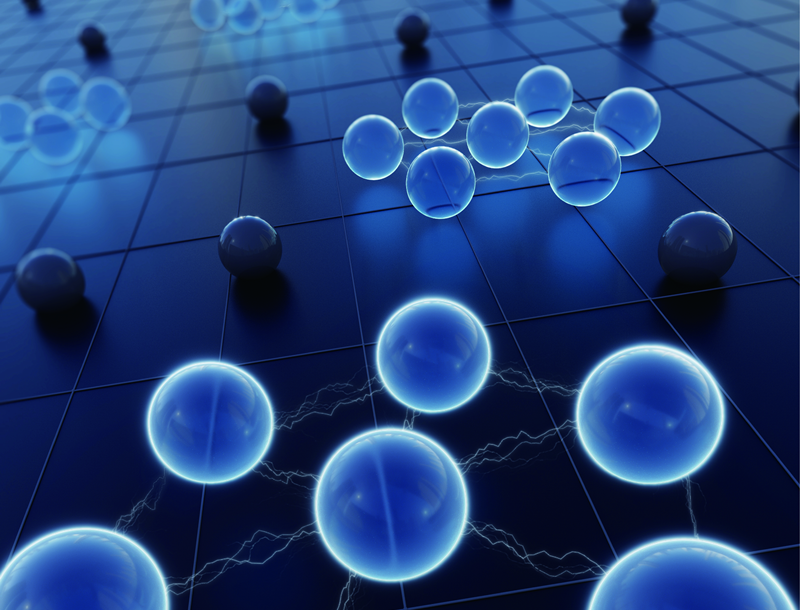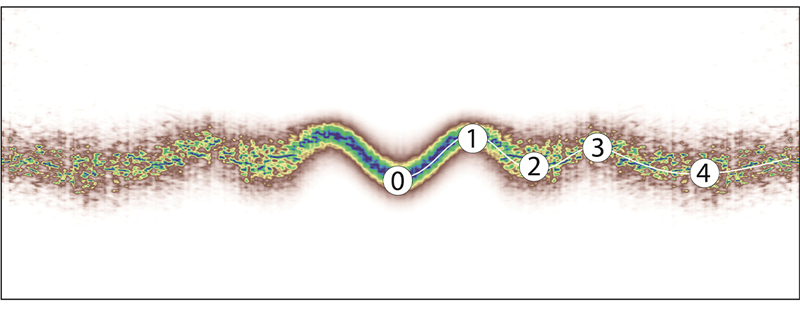Information Center
- Main page
- Information Center
- Government News
Government News
- Source
- KOREA.net
- Date
- 2024.10.18

A domestic research team in a world first has discovered electronic crystals in a liquid crystal state, a breakthrough that could solve difficulties in superconductors and next-generation semiconductors. Shown are electronic crystal pieces within a solid material.
By Hong Angie
Photos = Ministry of Science and ICT
Domestic researchers have discovered a major clue in high-temperature superconductivity and superfluidity, two hot topics in the physics of modern condensed matter.
The Ministry of Science and ICT on Oct. 17 said a research team led by Yonsei University professor Kim Geun-soo discovered in a world first a piece of "electronic crystal" in which electrons within a solid material possess the traits of both a liquid and a solid.
Electronic crystal refers to a state in which freely moving electrons are fixed like a crystal due to opposing forces that push against each other. This is similar to how several magnets of the same pole cannot move closer to each other if placed together and maintain a certain distance, refusing to budge.
Hungarian physicist Eugene Wigner in the 1930s discovered the electronic crystal state, and his theory on such crystals won him the 1963 Nobel Prize in Physics.
Confirming electronic crystals, also known as Wigner crystals, through experiments was far from easy because of the need for numerous conditions such as electron density and temperature. The team went a step further by finding that along with the solid (electronic crystal) and gaseous states, the crystal can exist in liquid and liquid crystal states, the latter being an intermediate state between solid and liquid.

Data from experiments shows traces of electronic crystal fragments.
The discovery provides a new clue to overcoming problems in the new materials sector that existing knowledge could not solve. The team said this research will lead to the production of high-temperature superconductors, which operate in relatively high temperatures of minus 240 Celsius degrees or higher.
The study is the world's first to discover fragments of electronic crystals that resemble liquid crystals. The observed irregularities are similar to the traits of superfluids in which the viscosity of matter disappears.
Kim said, "This study's significance lies in the recognition of a third state of electronic crystals in which only a short-distance sequence exists."
shong9412@korea.kr